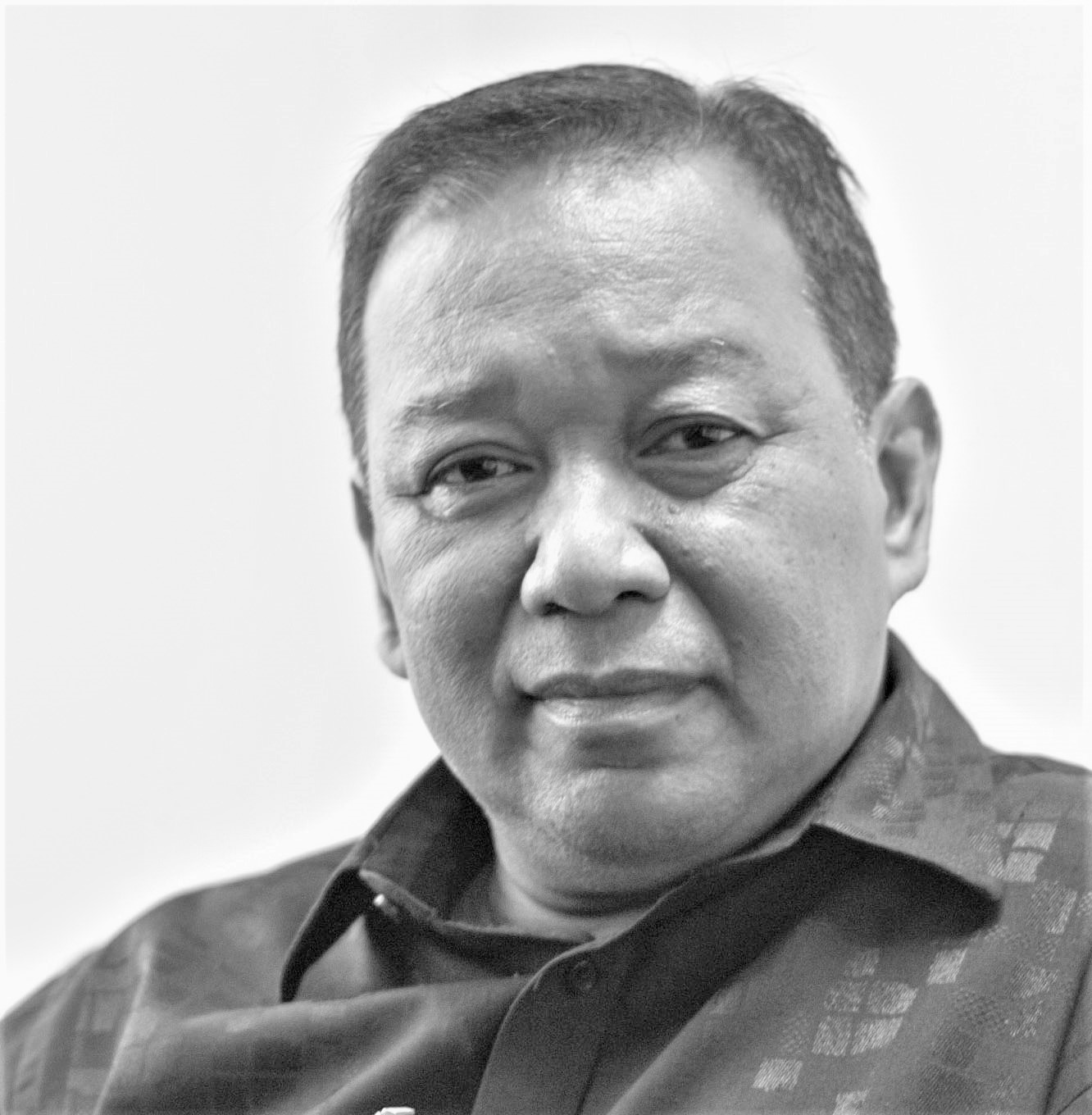- Home
- November 2023
- Some Notes on AI Use in Education, Fishery and Medicine
-modified.jpg)
Previous Post
Does Artificial Intelligence Threaten the Future of Humankind?
6 min read
THE TERM “Artificial Intelligence” was first coined in 1956 by John McCarthy, an American computer scientist. Now considered one of the founding figures in the...
Next Post
You might also like
Humanity at the AI Crossroads: Balancing Privacy, Bias and Progress
5 min read
As computers become increasingly omnipresent, and as algorithms grow uncannily precise, concerns mount—what are the undesirable consequences of AI?
Events in November
4 min read
Take a stand against bullying and take part in Penang Goes Orange 2023: #Kindness4Wellness: Walk Against Bullying. Participants of this 2km walk will receive...
AI—Boon or Bane, Intelligent or Illusory?
3 min read
These are the days of miracle and wonder. Don’t cry, baby, don’t cry. Don’t cry. — Paul Simon, “The Boy in the Bubble”, 1986.




